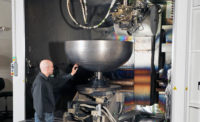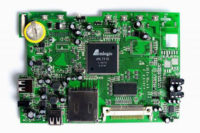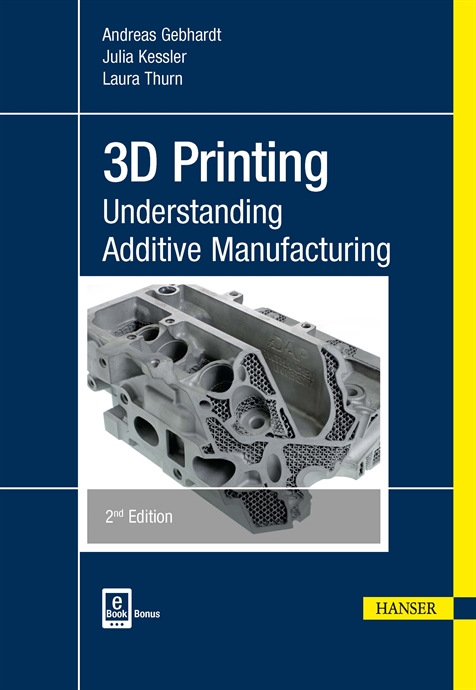NORTHBROOK, IL—A new standard addresses the indoor air pollution risks associated with additive manufacturing. ANSI/CAN/UL 2904, “Standard Method for Testing and Assessing Particle and Chemical Emissions from 3D Printers,” applies to freestanding machines.
The safety standard contains measurement and assessment protocols for the emissions of particles and volatile chemicals from diverse 3D printers, print media, and print applications.
“ANSI/CAN/UL 2904 will advance the availability of low-emission printers and print media for use in the global marketplace,” says Phil Piqueira, vice president of standards at Underwriters Laboratories Inc. “[We are] proud to offer [this] first safety standard addressing chemical pollution and reducing its impact on human health.”
UL Chemical Safety and the Georgia Institute of Technology recently conducted a two-year research study on additive manufacturing. They discovered that many desktop 3D printers generate ultrafine particles (UFPs) while in operation. UFPs may pose a health concern since they are the size of nanoparticles and may be inhaled and penetrate deep into the human pulmonary system.
The research also revealed that more than 200 different volatile organic compounds, many of which are known or suspected irritants and carcinogens, can be released while 3D printers are in operation.
“Many machine factors, including nozzle temperature, filament type, filament and printer brand, and filament color, affect emissions,” explains Piqueira. “Extrusion temperature, filament material and filament brand were found to have the greatest impact on emission levels. However, there is currently little marketplace information available to help users choose safer options.”
To learn more about UL Chemical Safety and its 3D printing initiative, click www.ulchemicalsafety.org.






